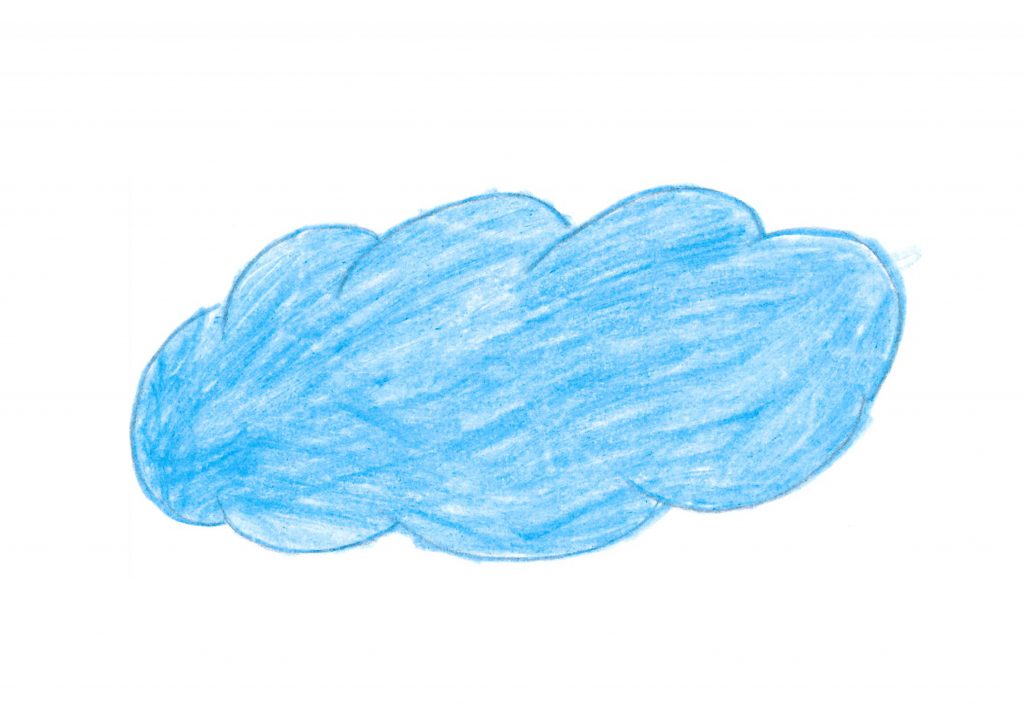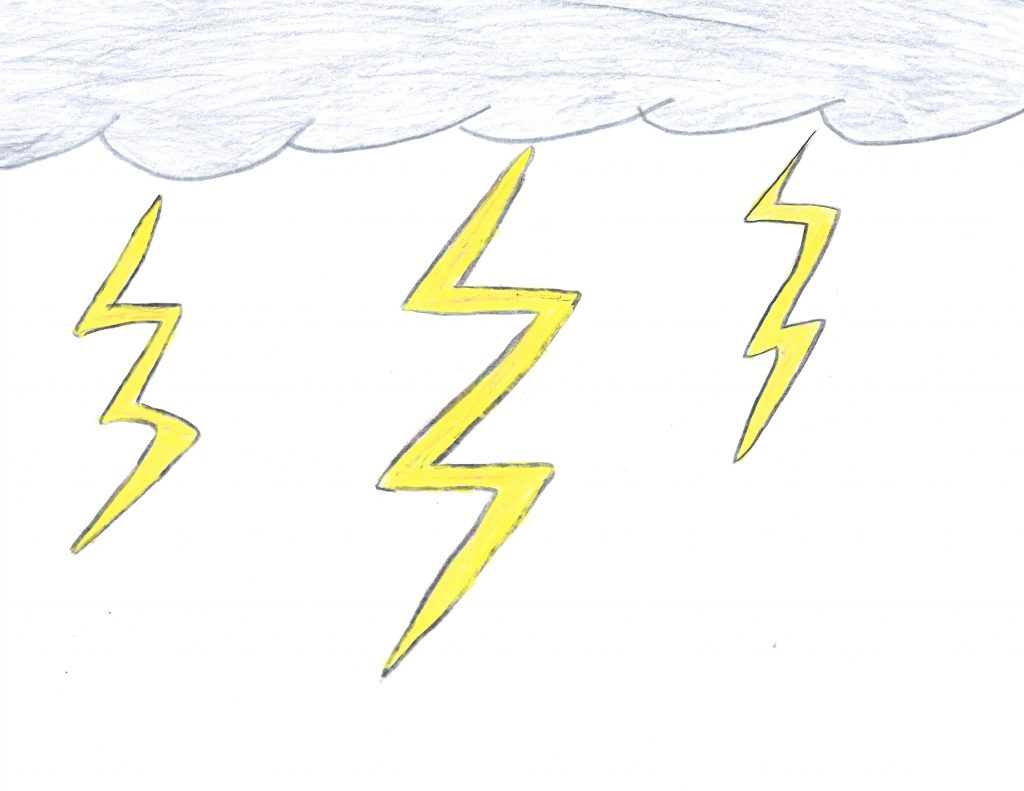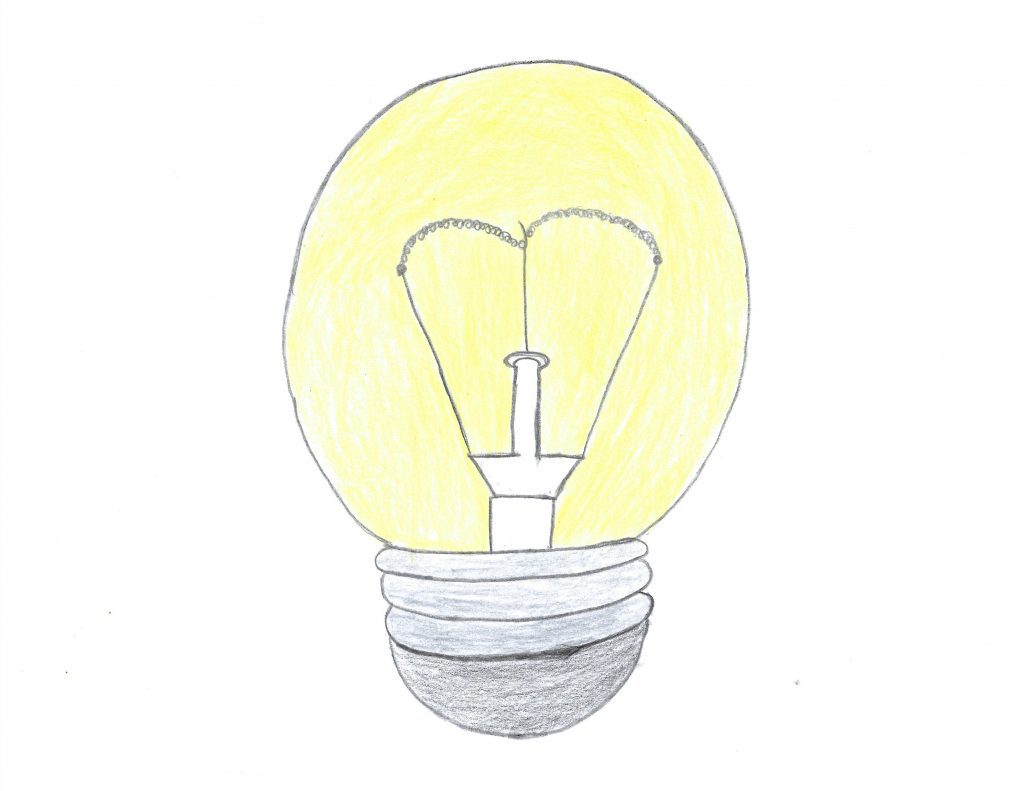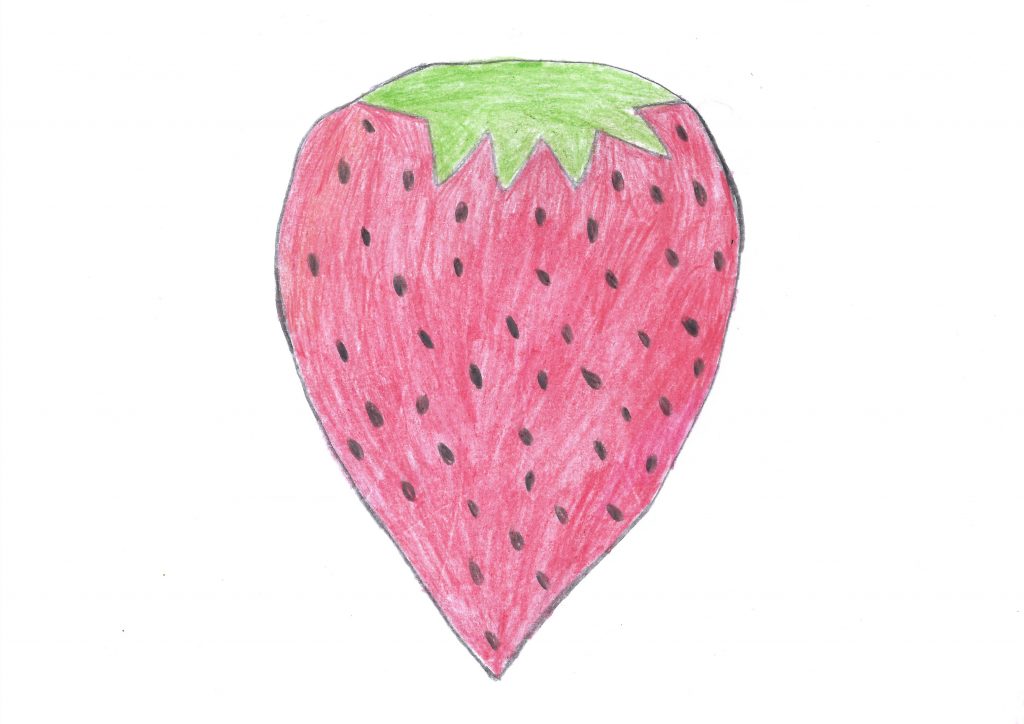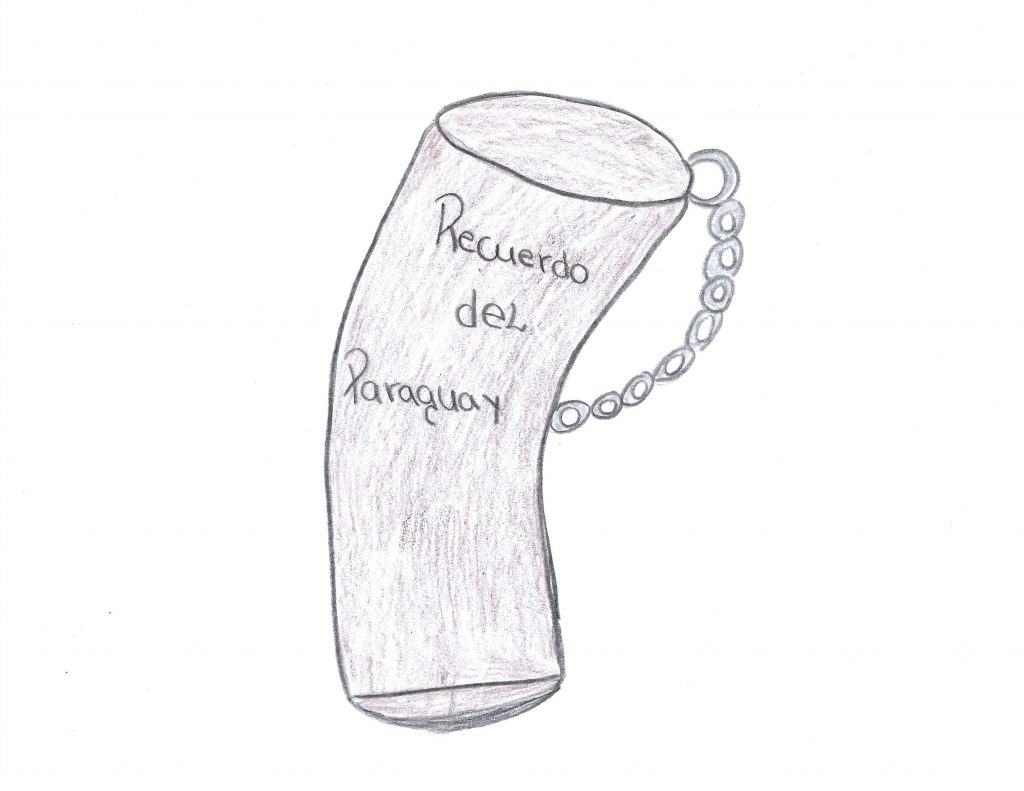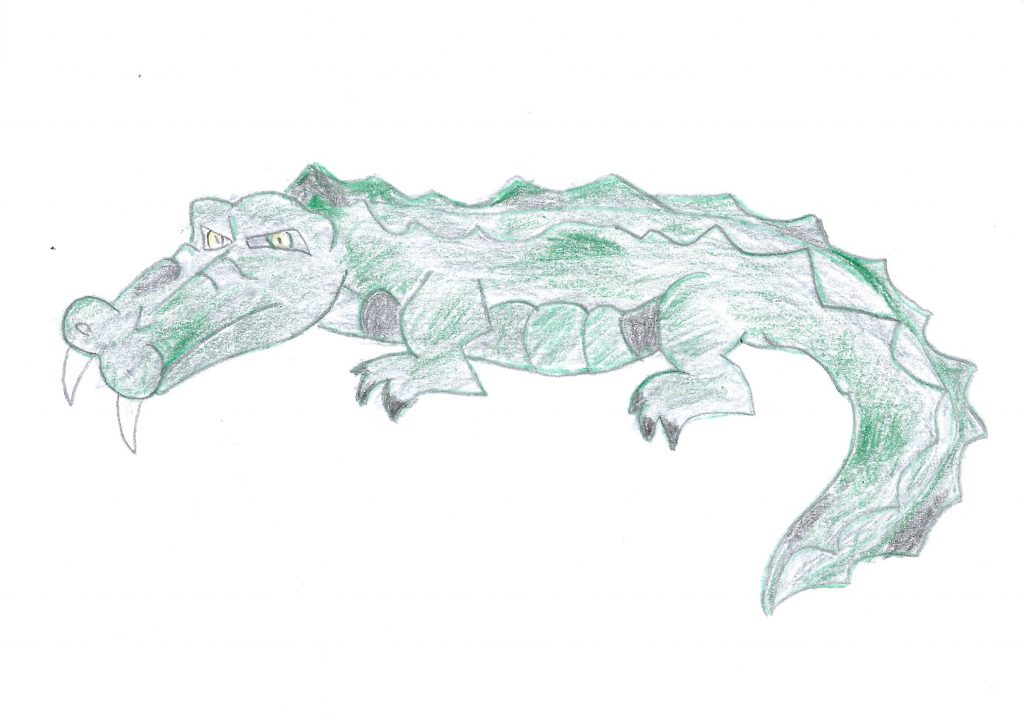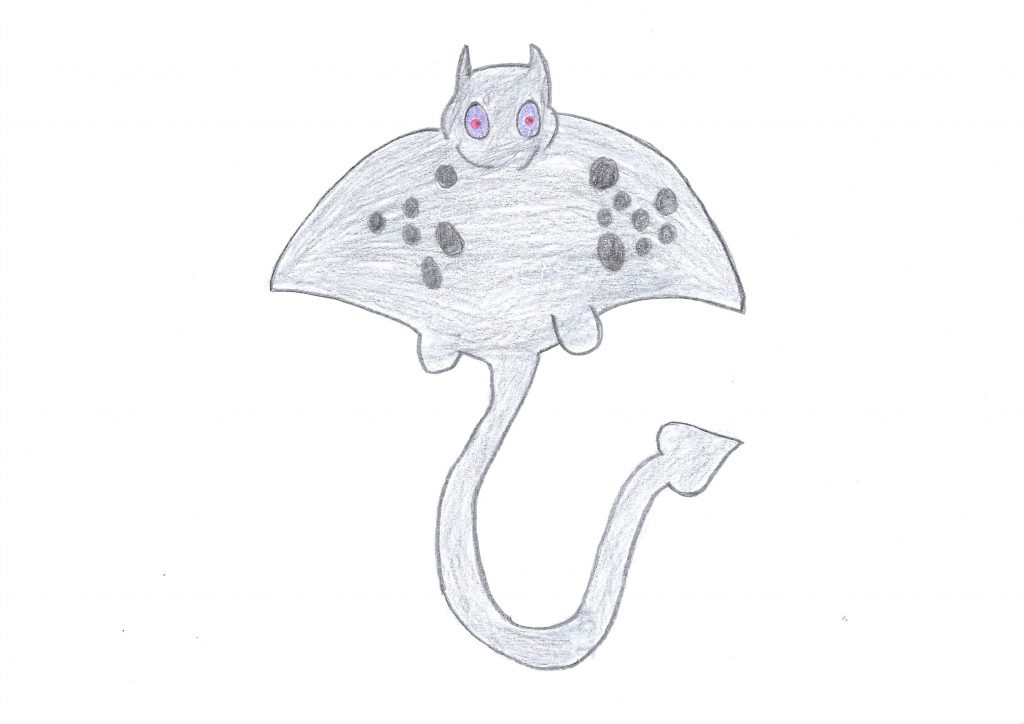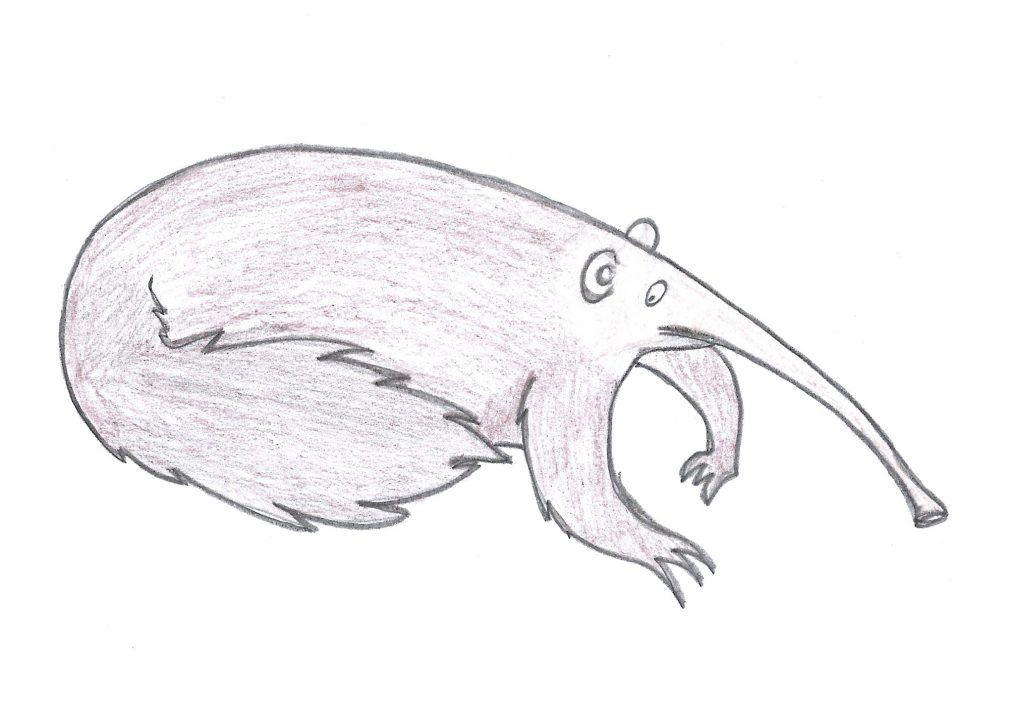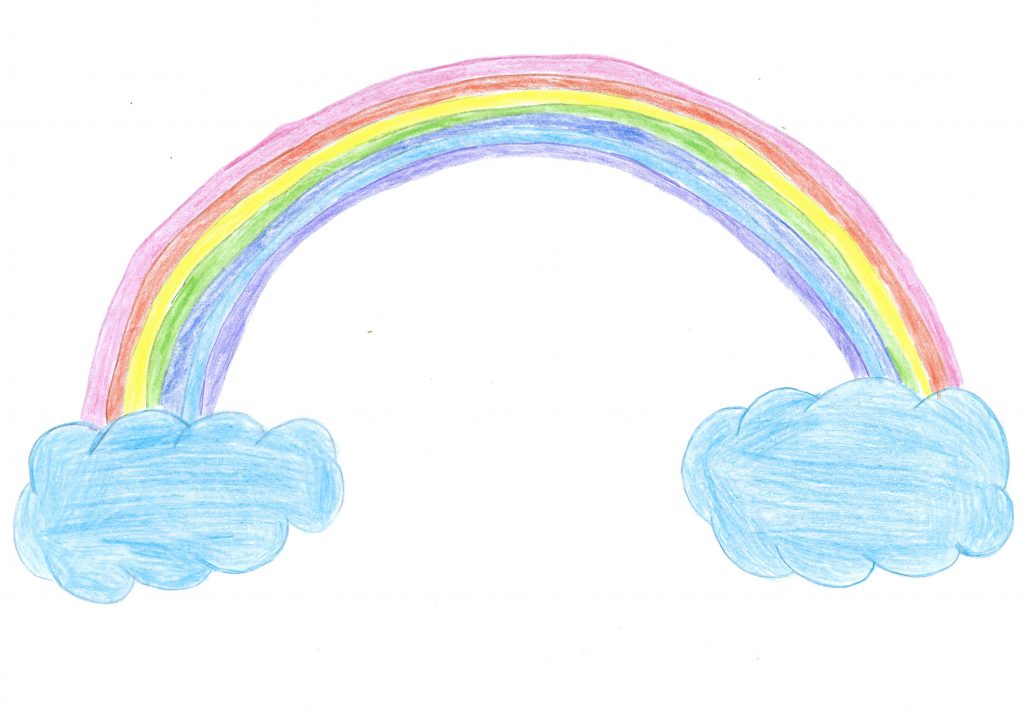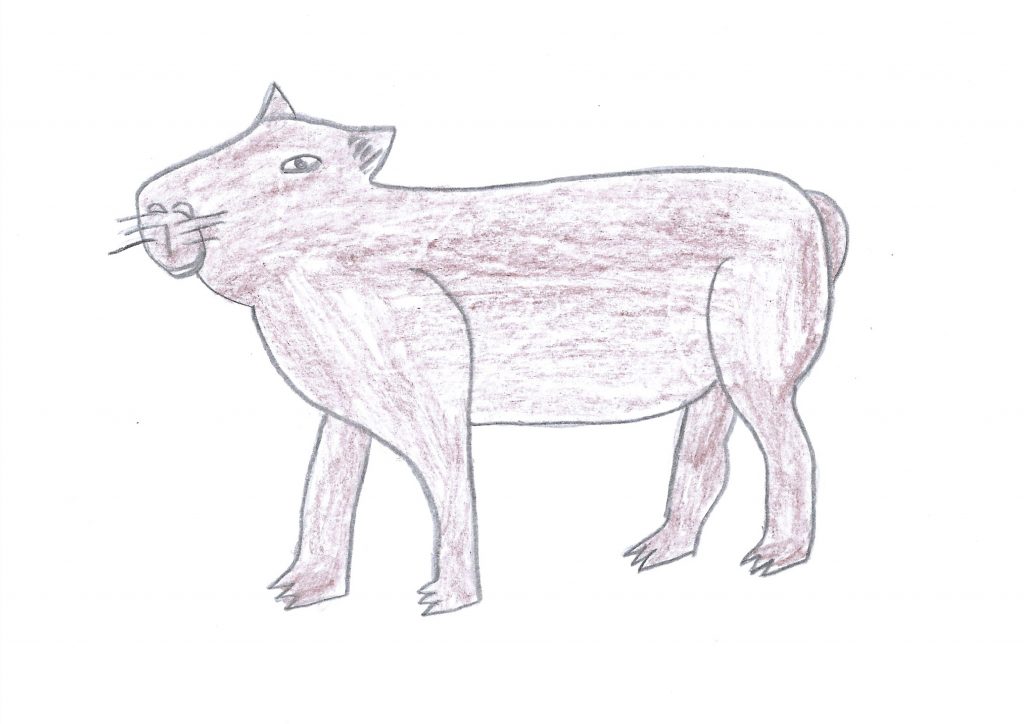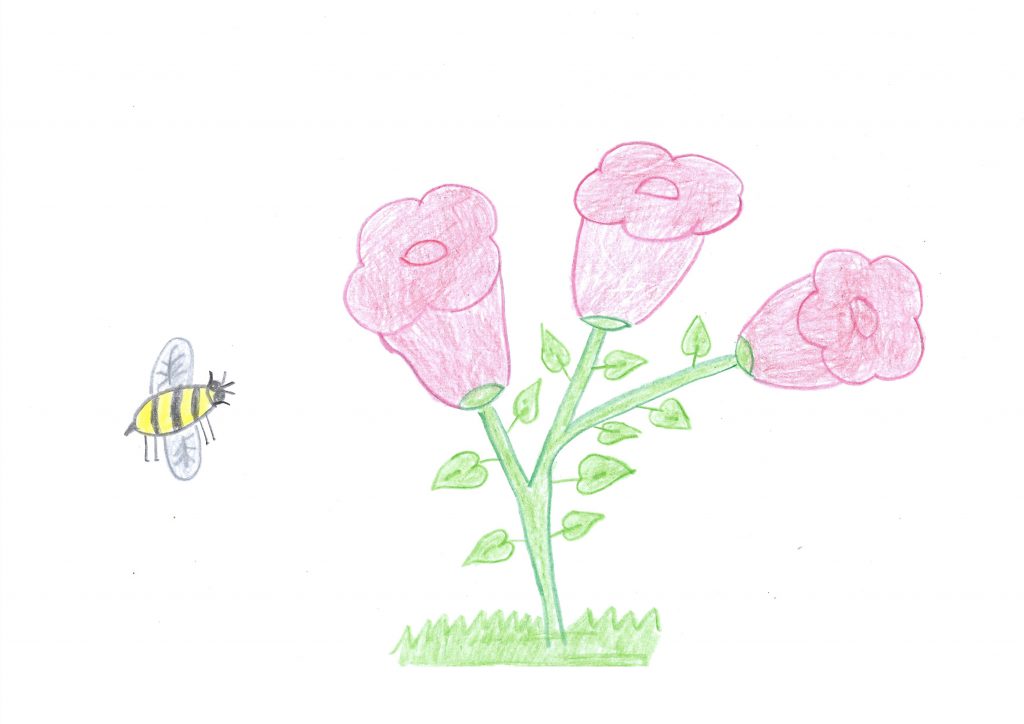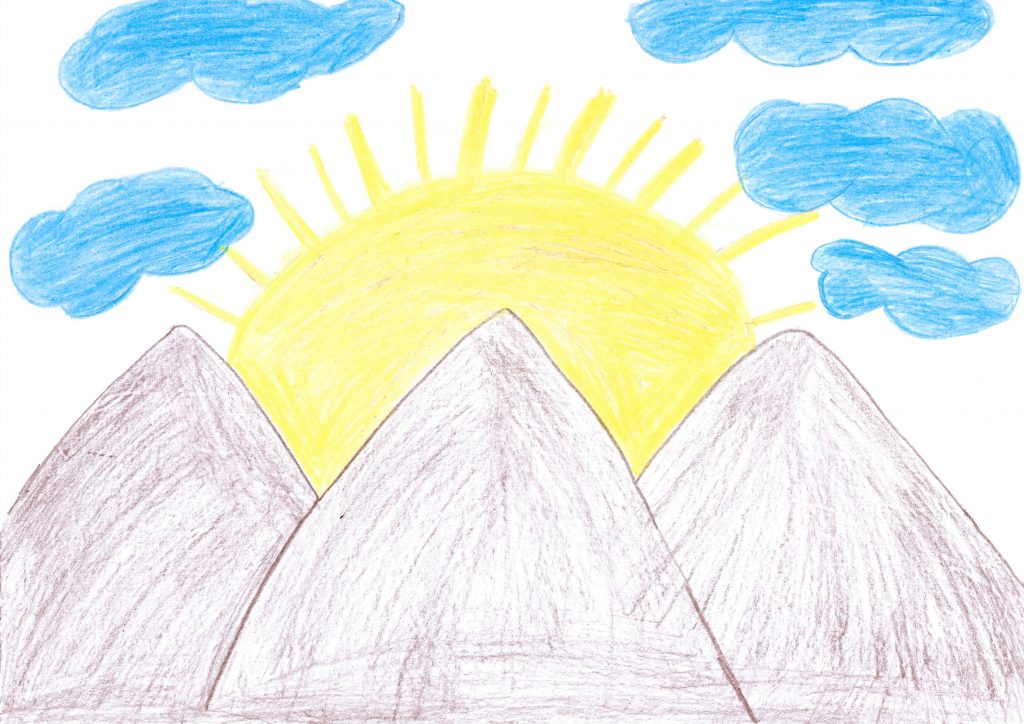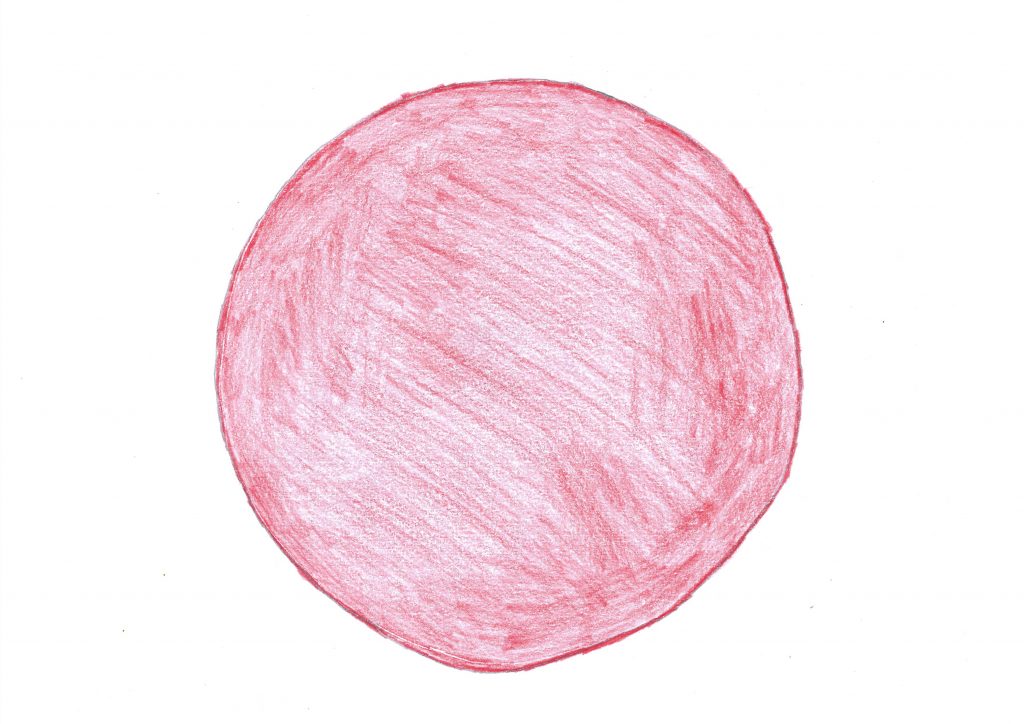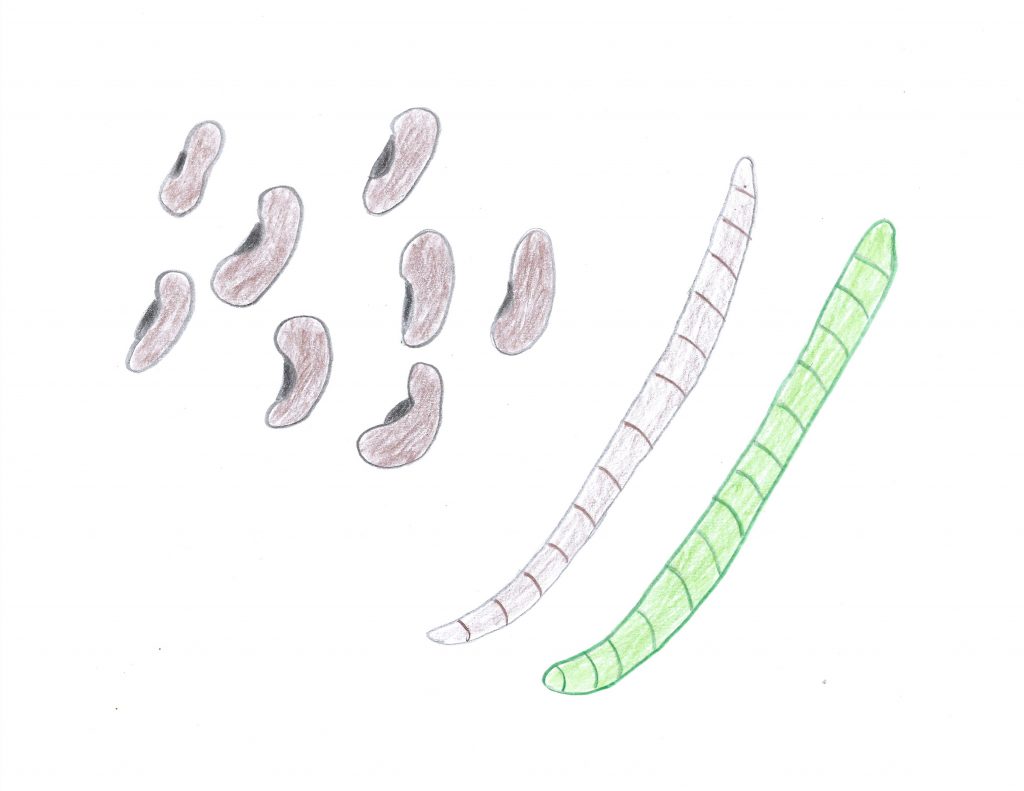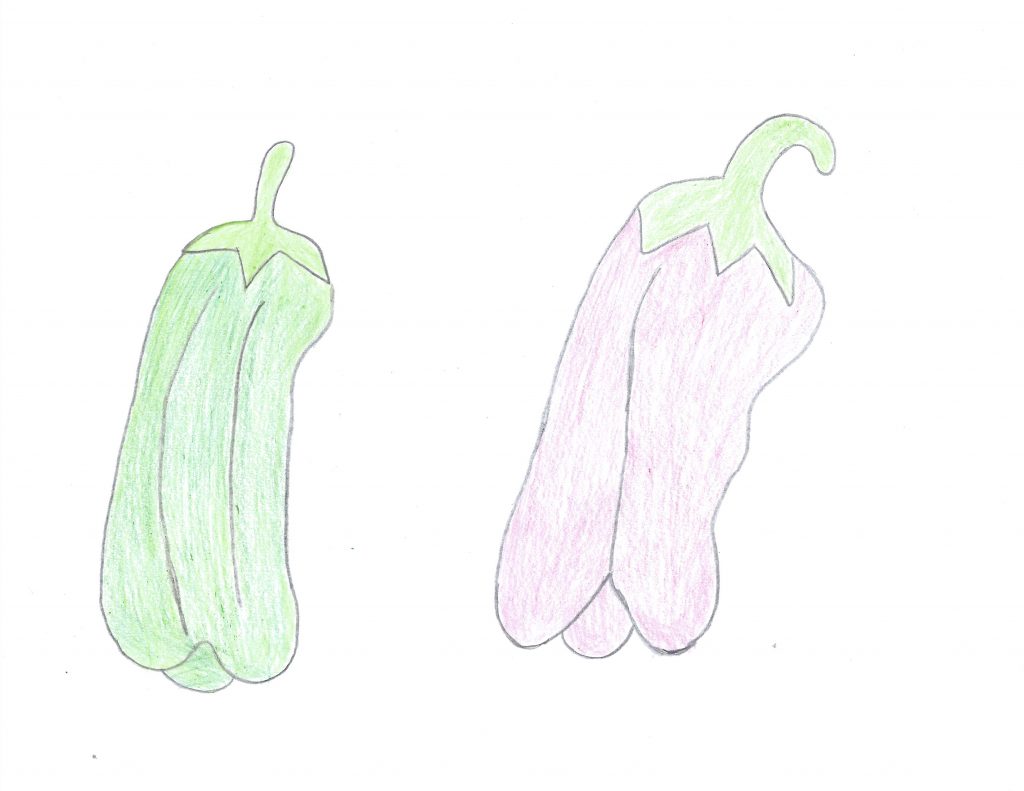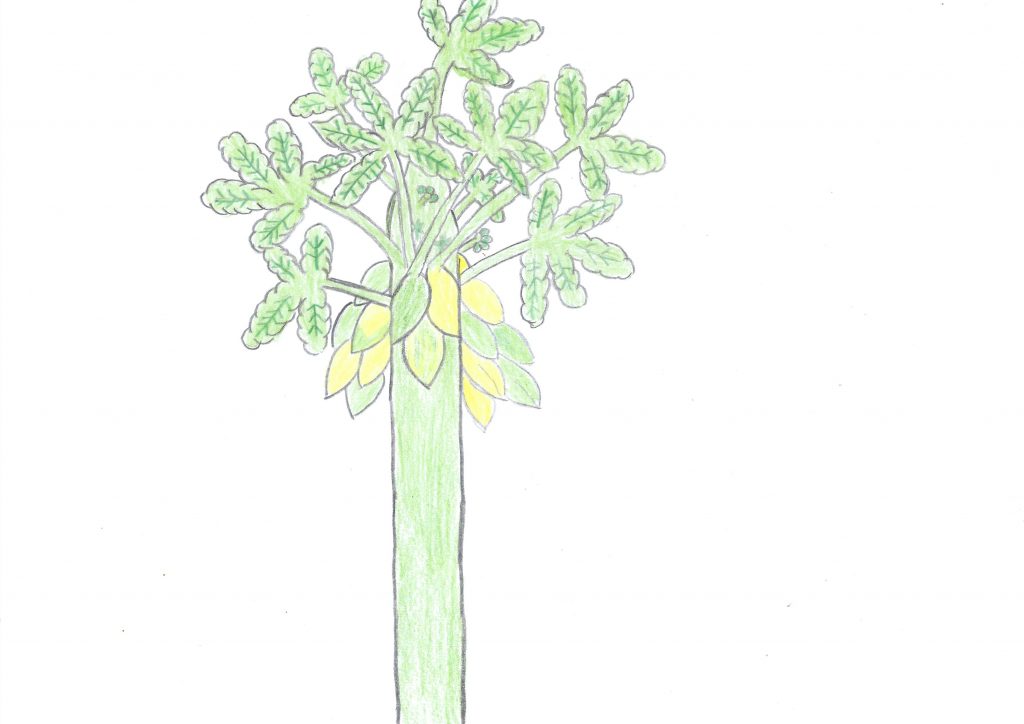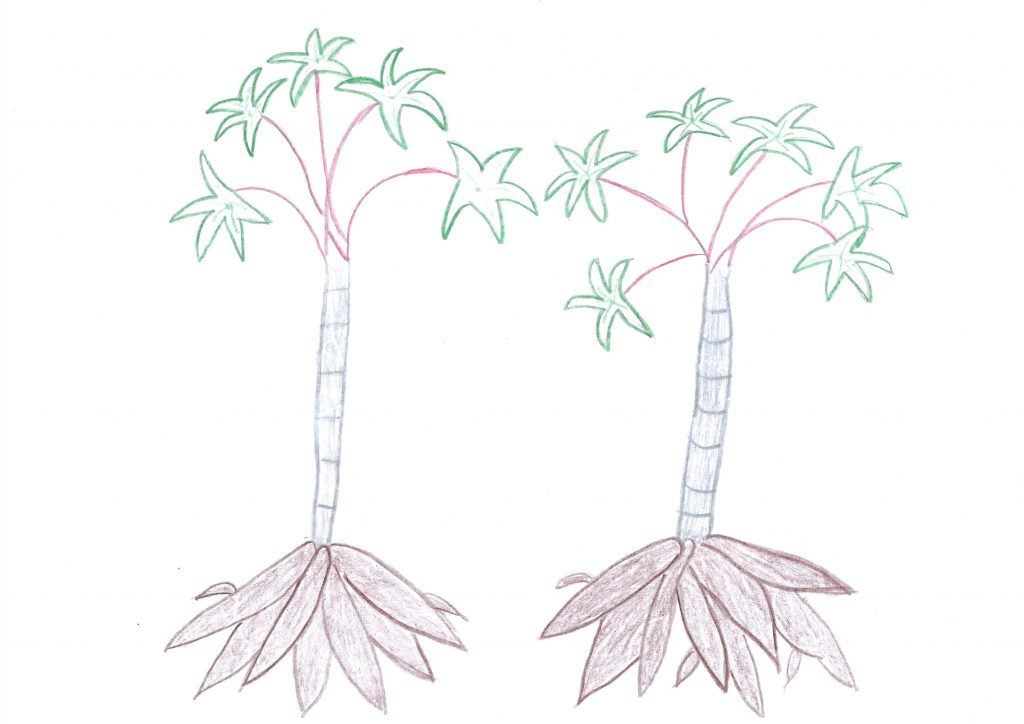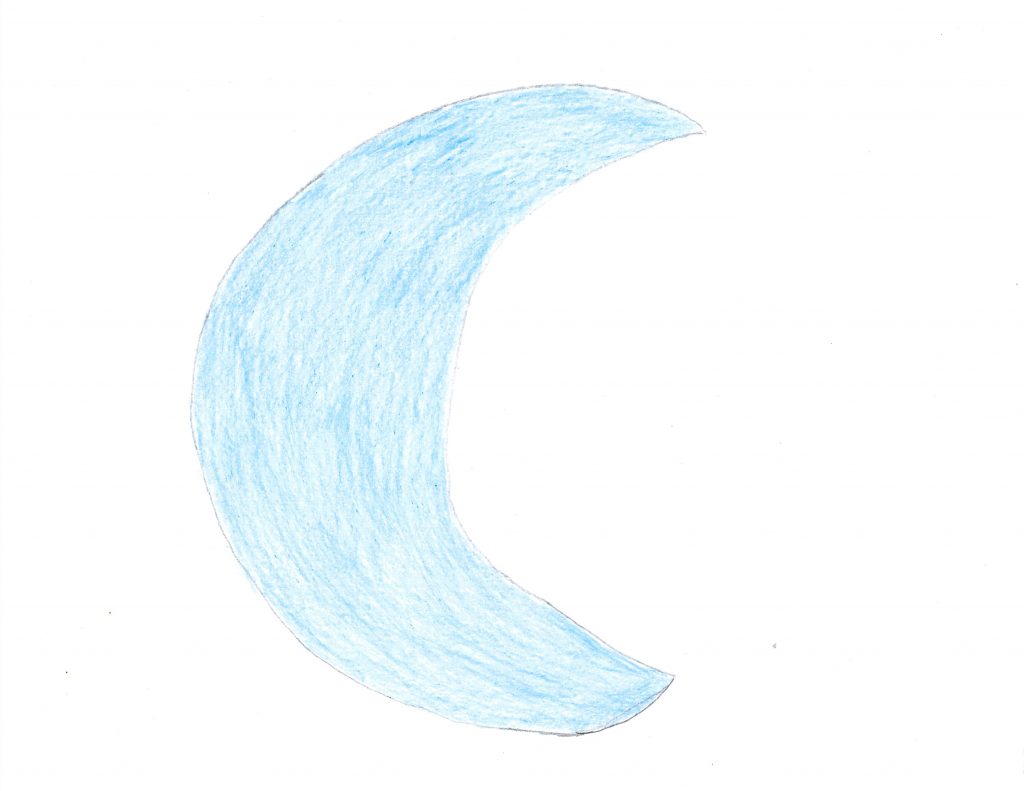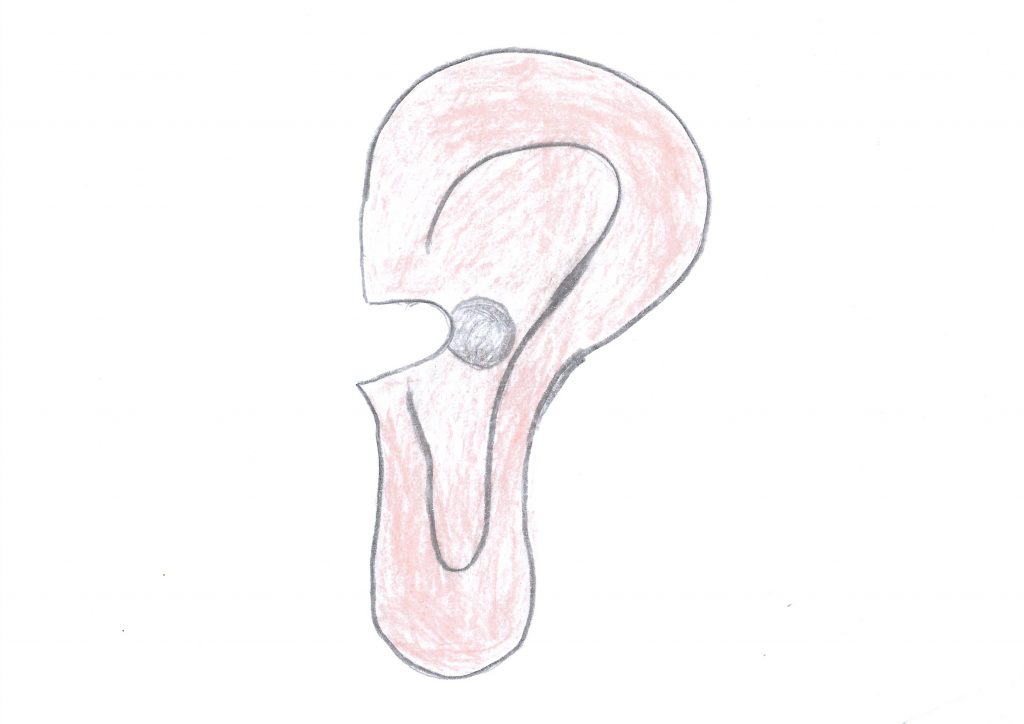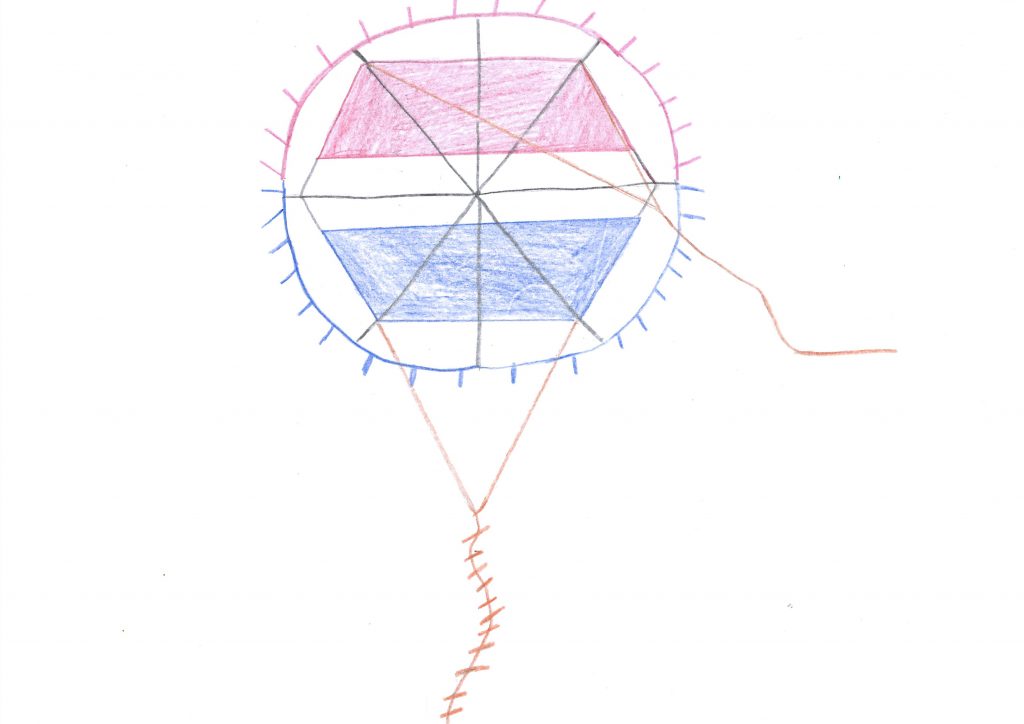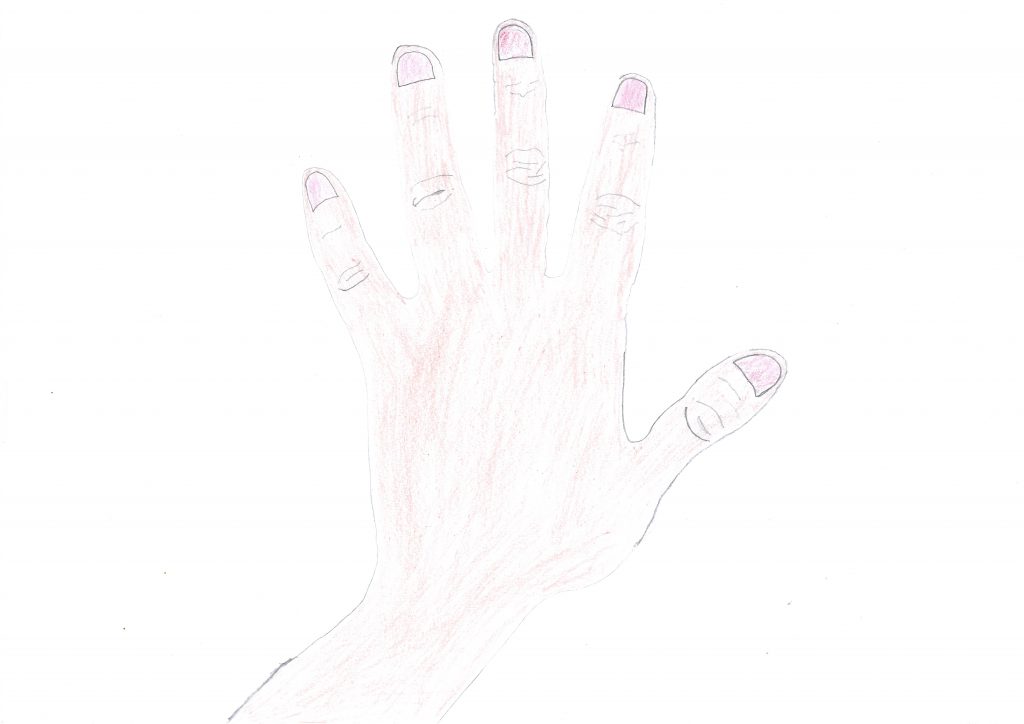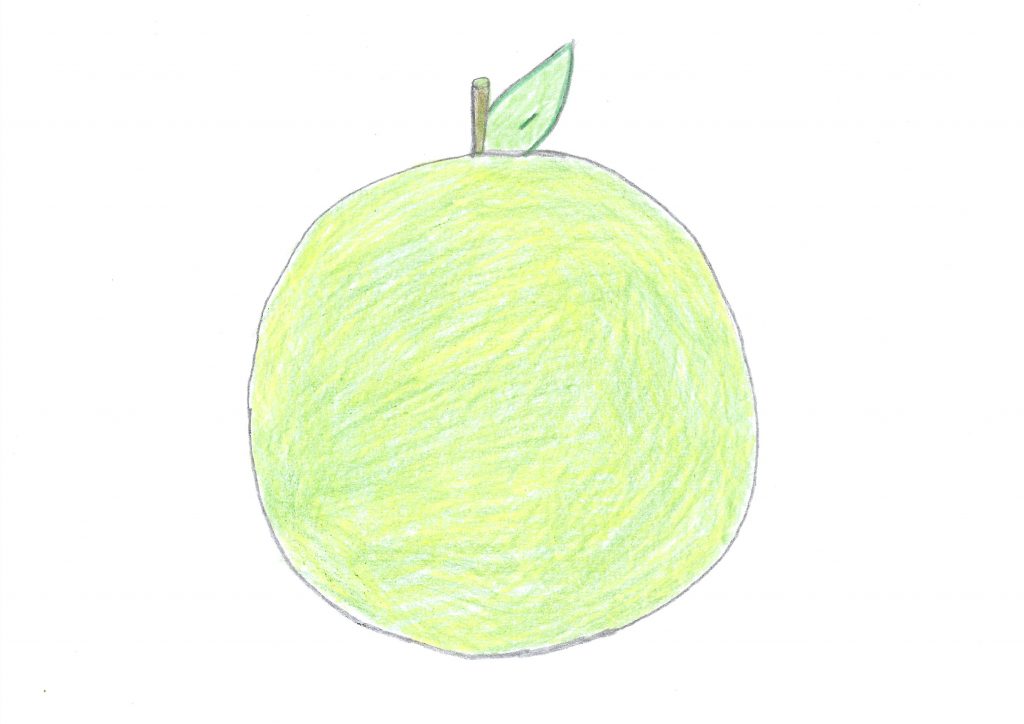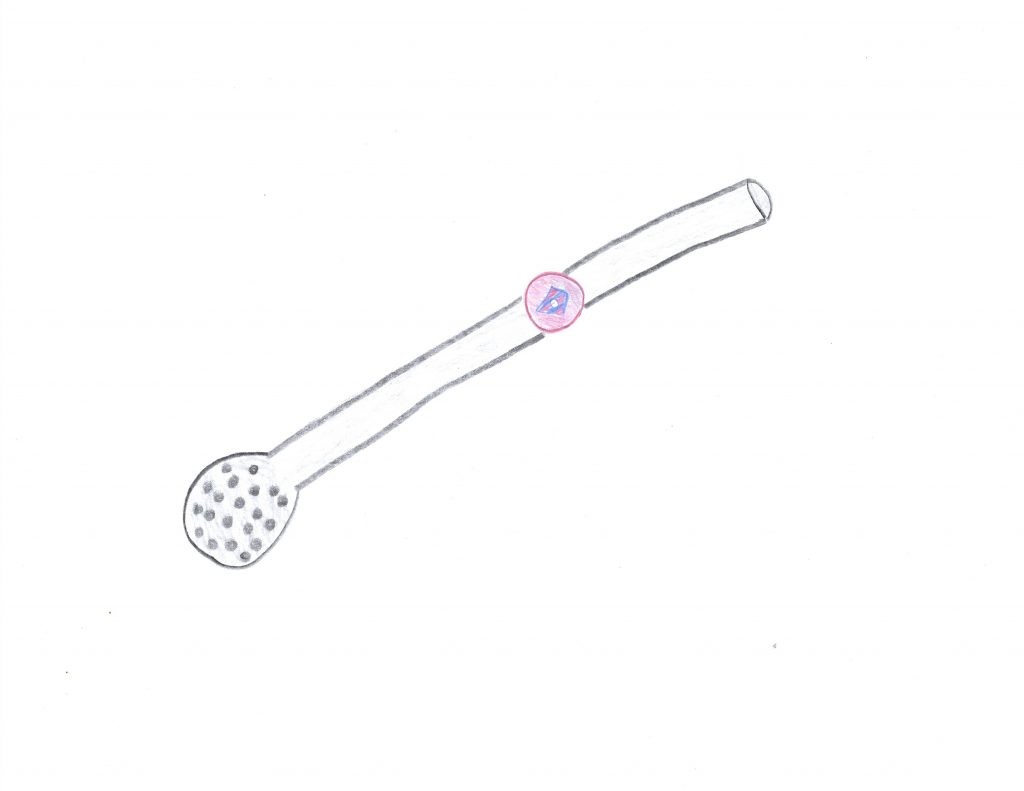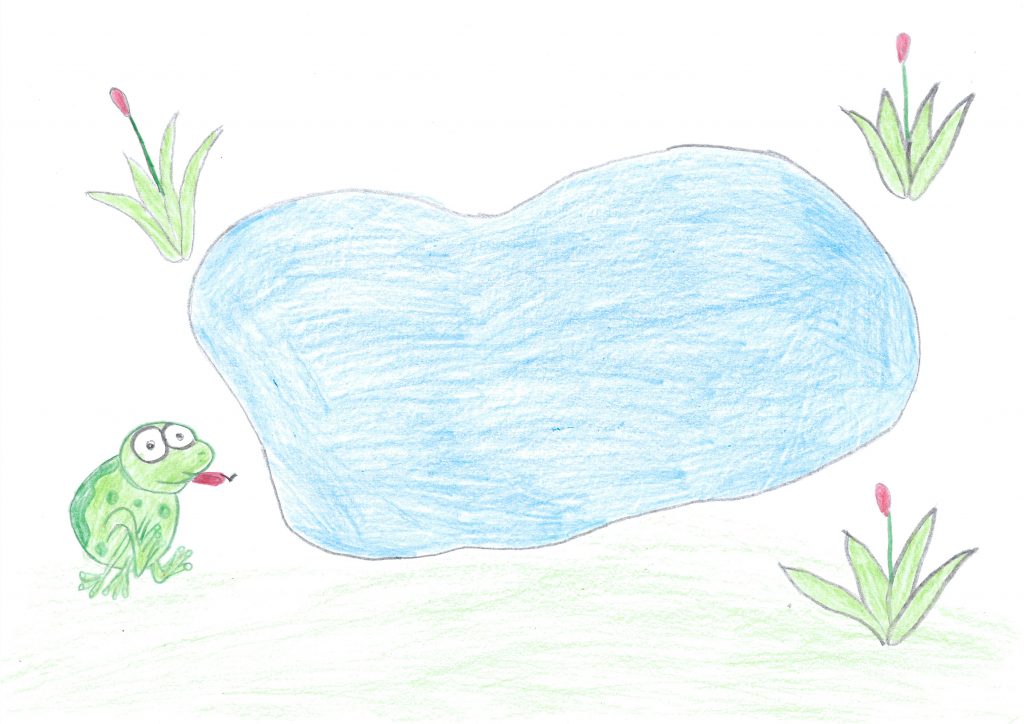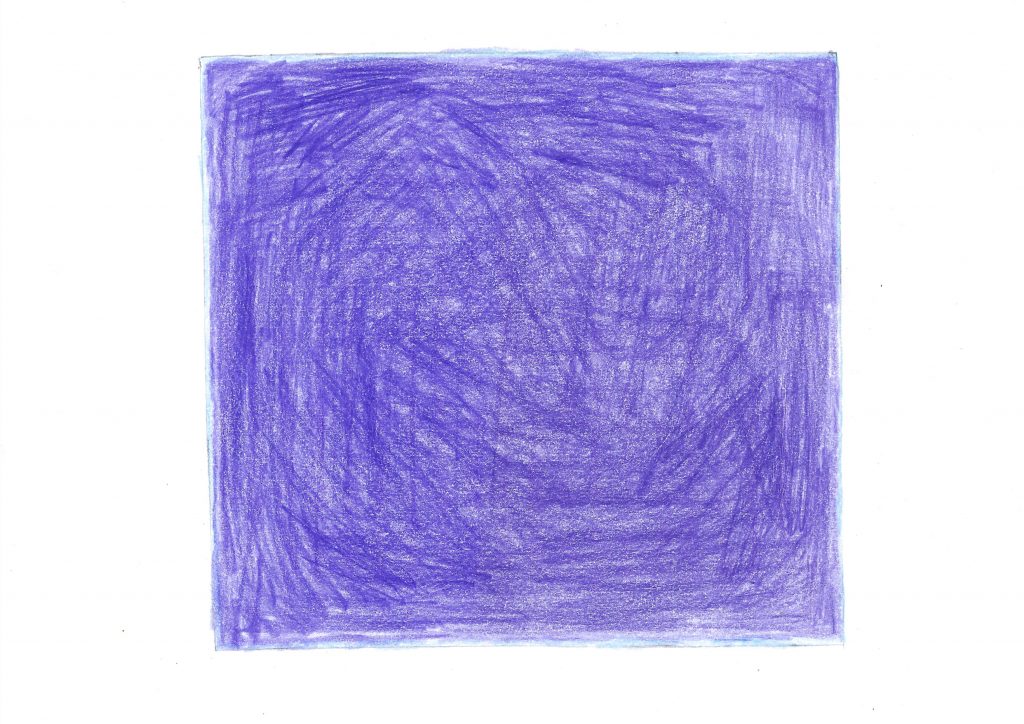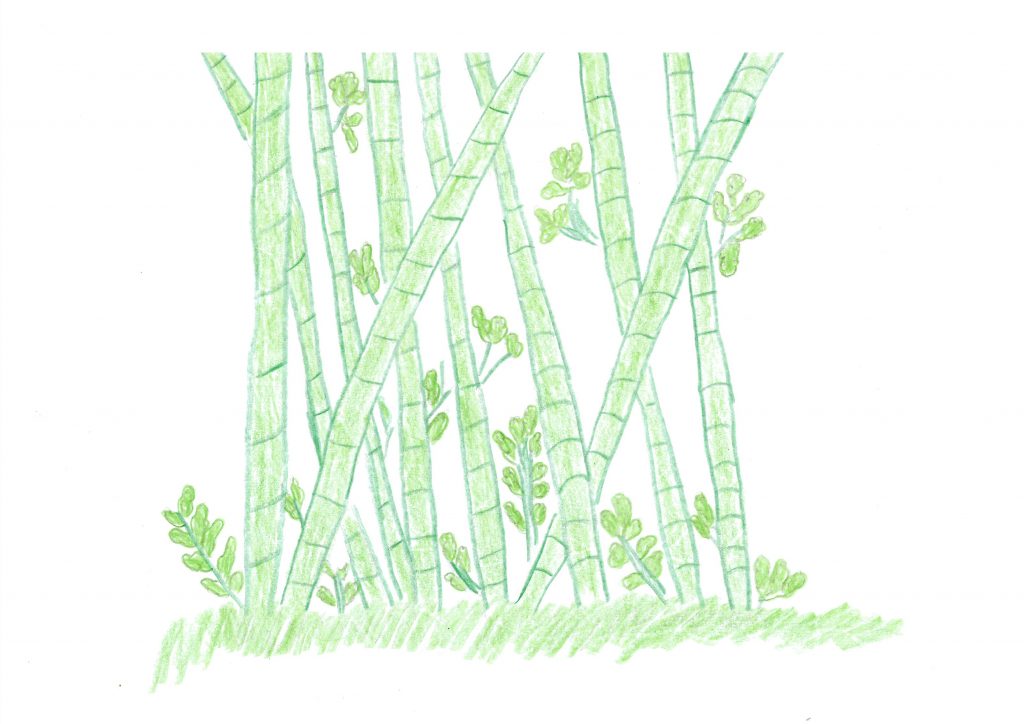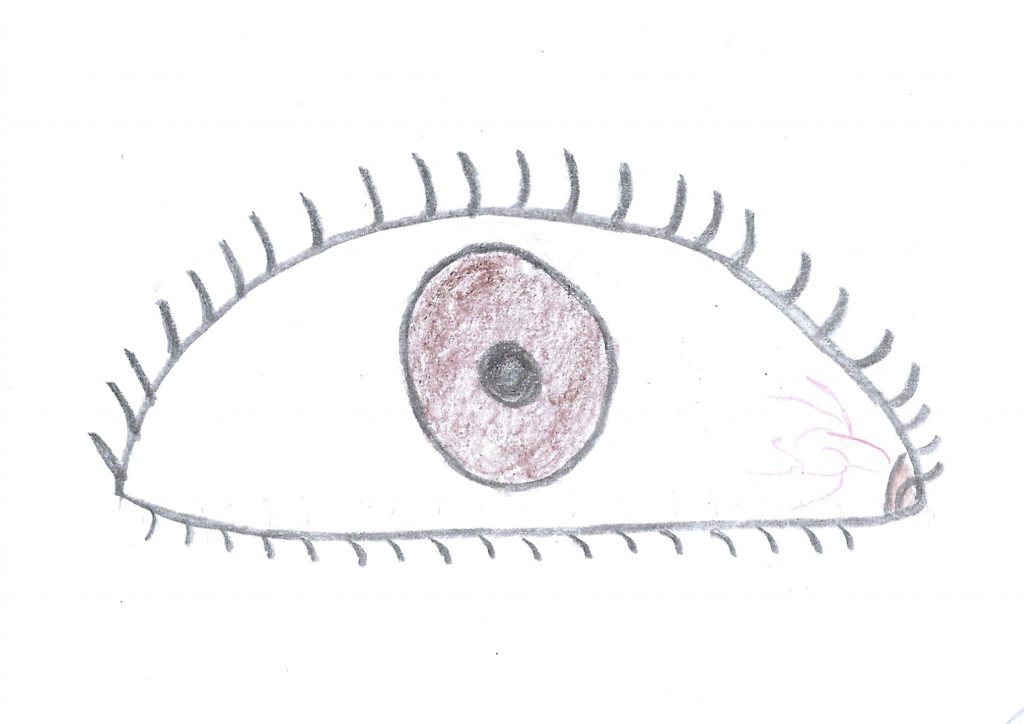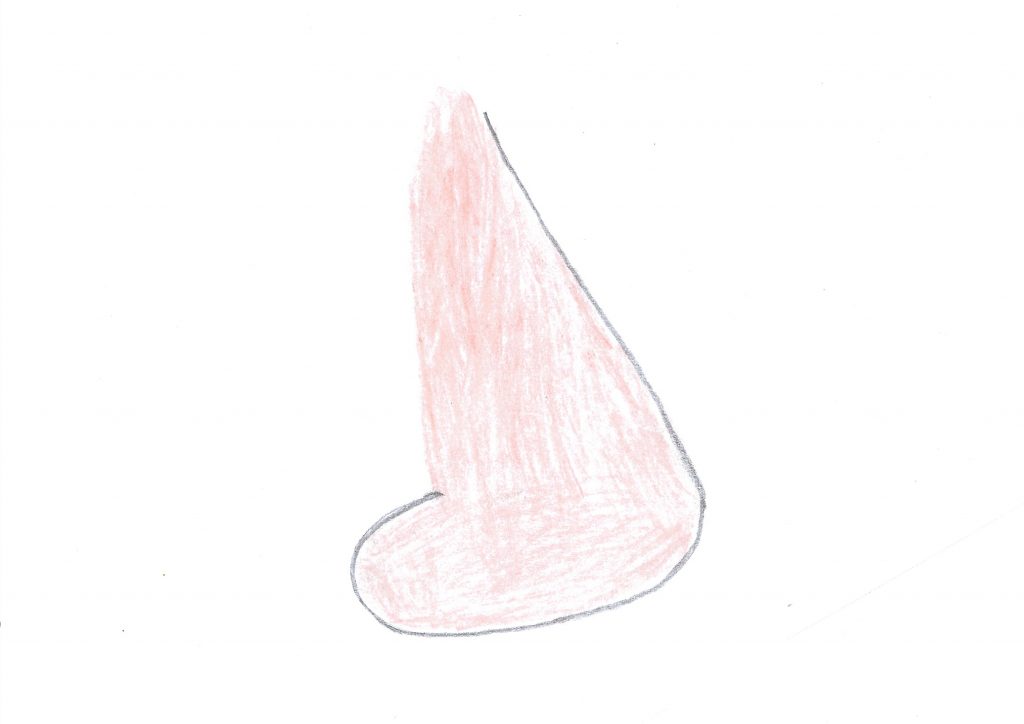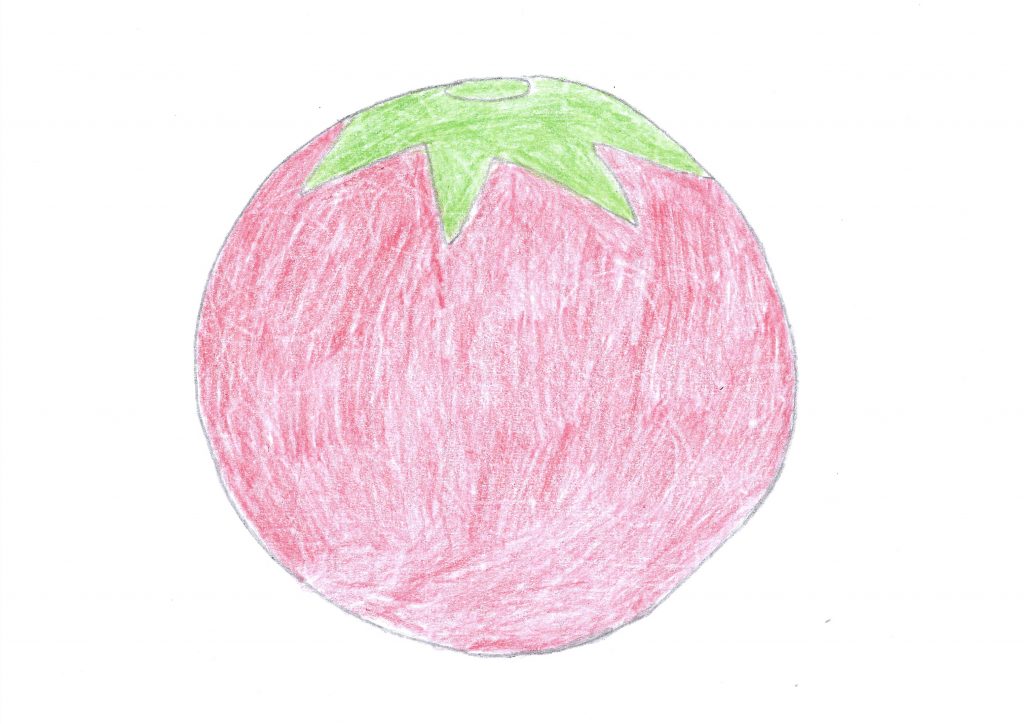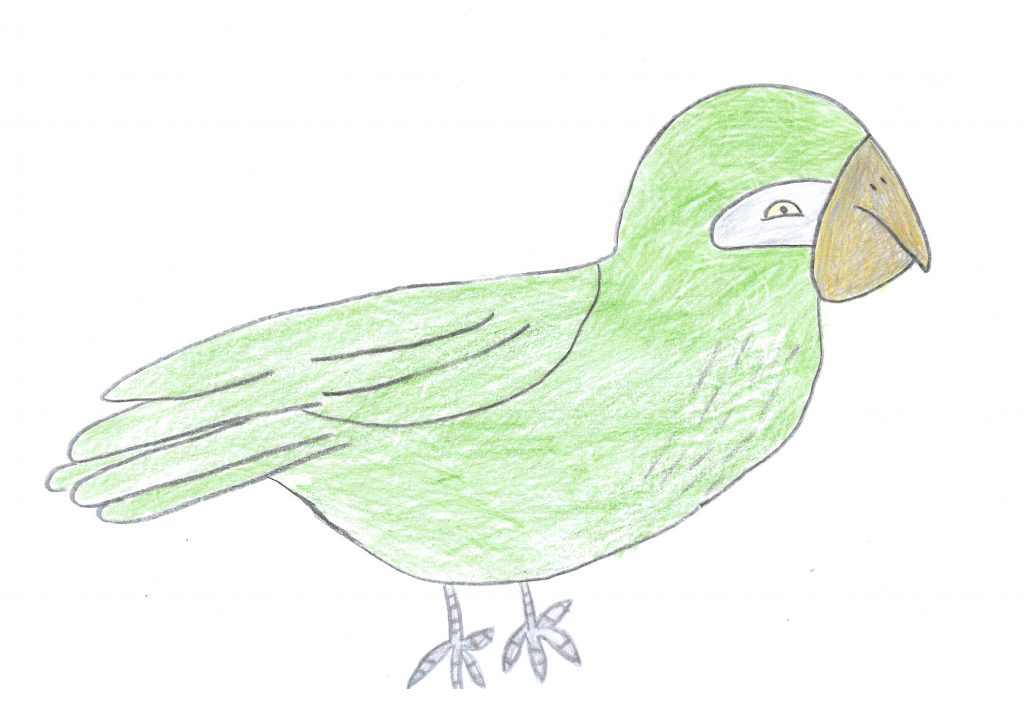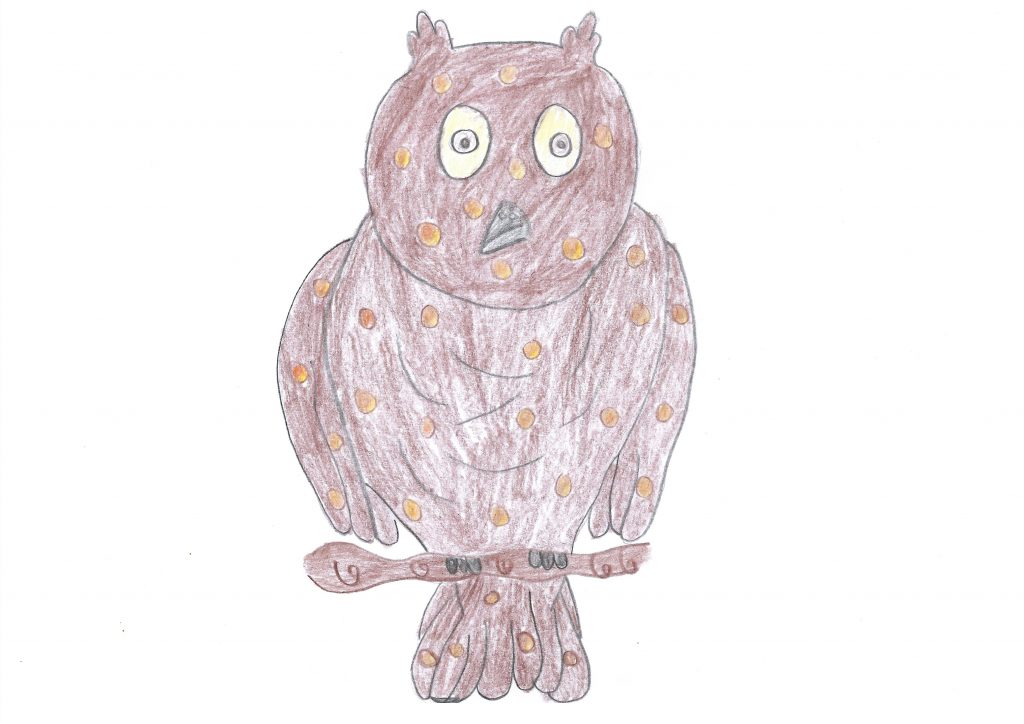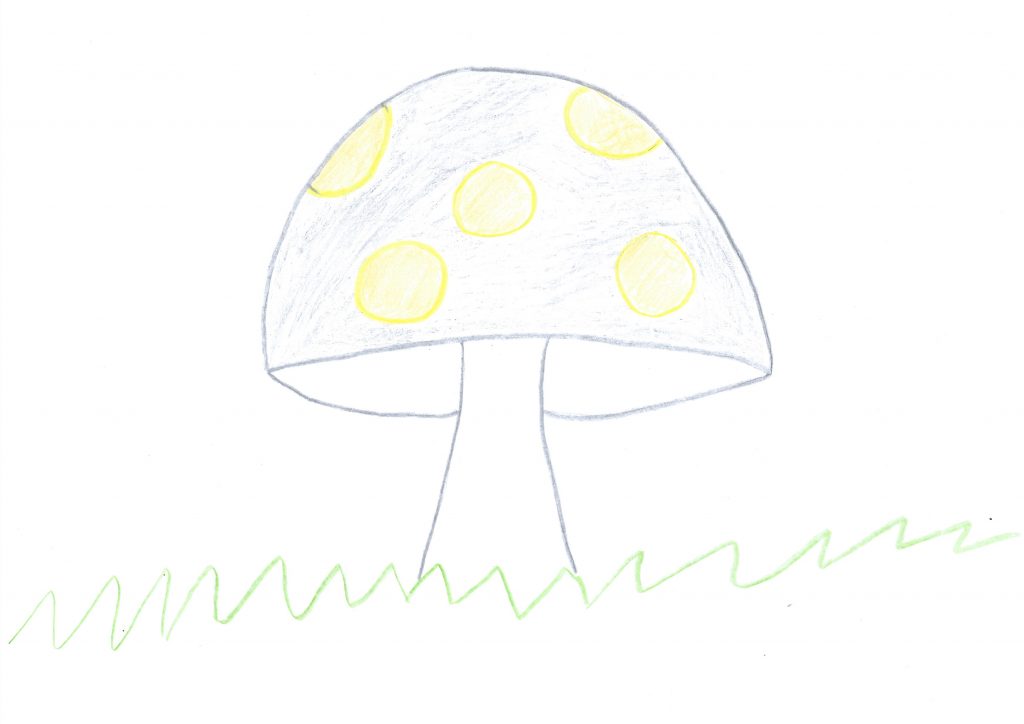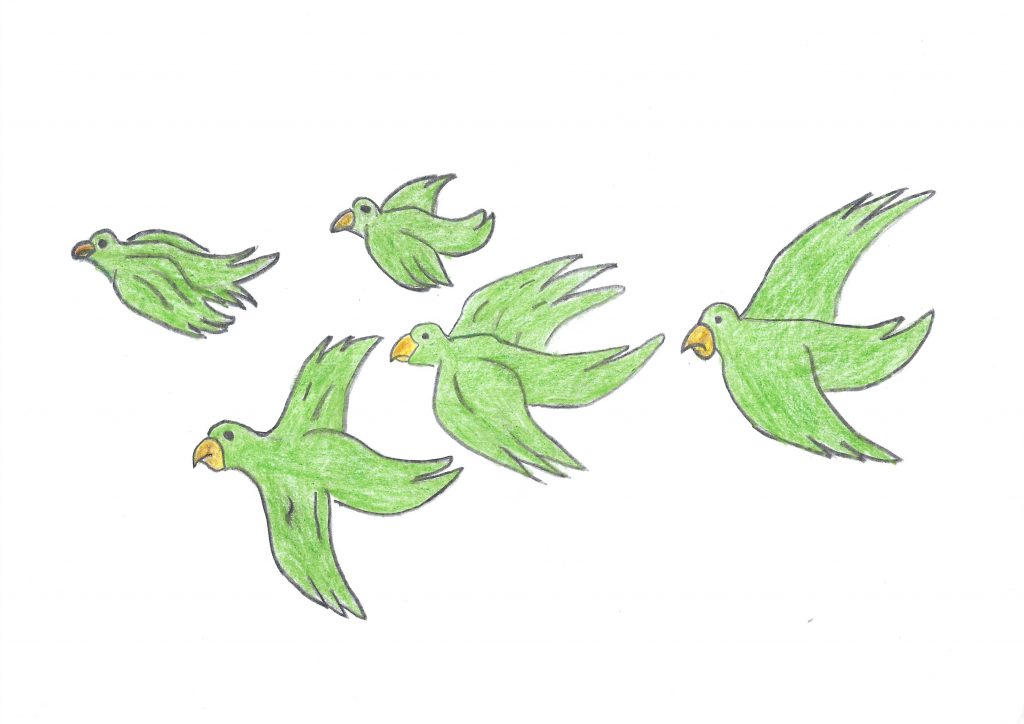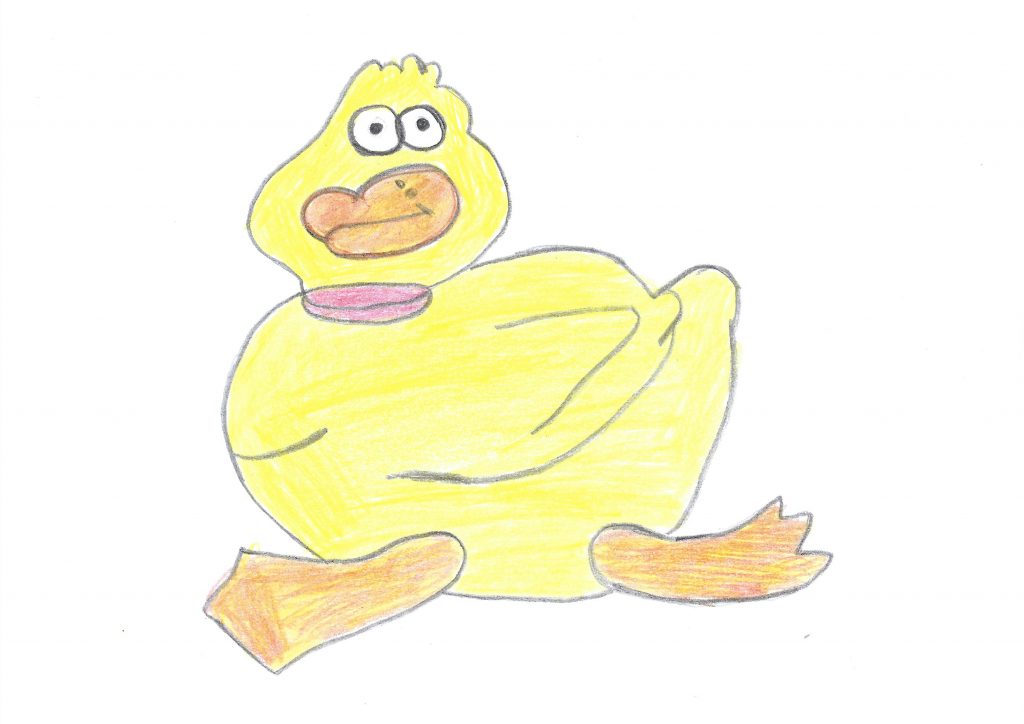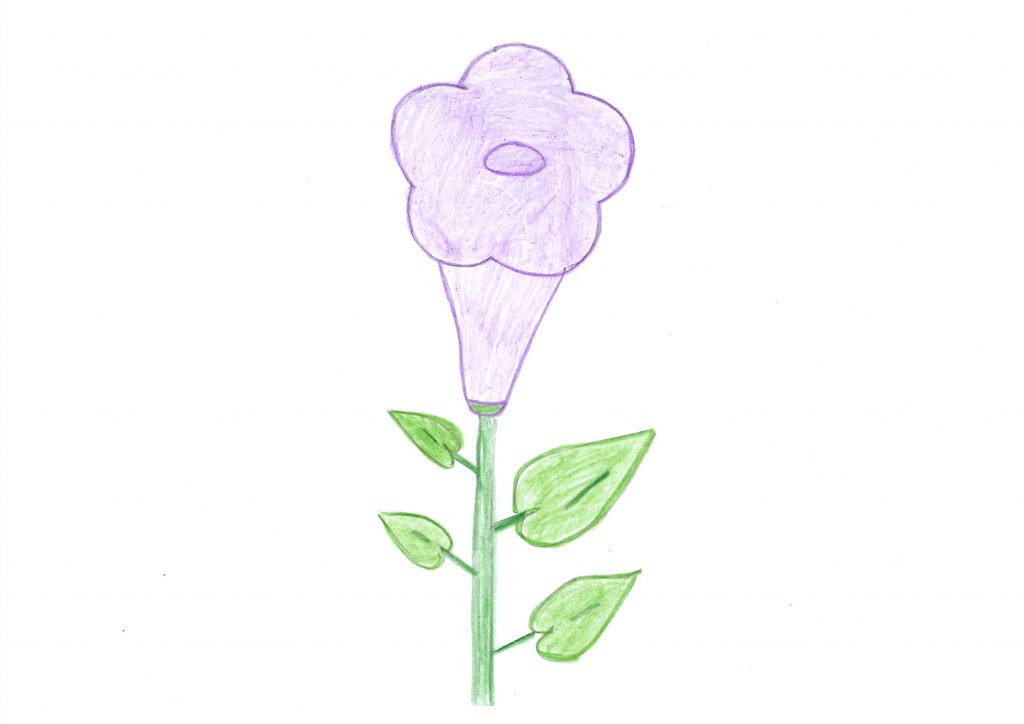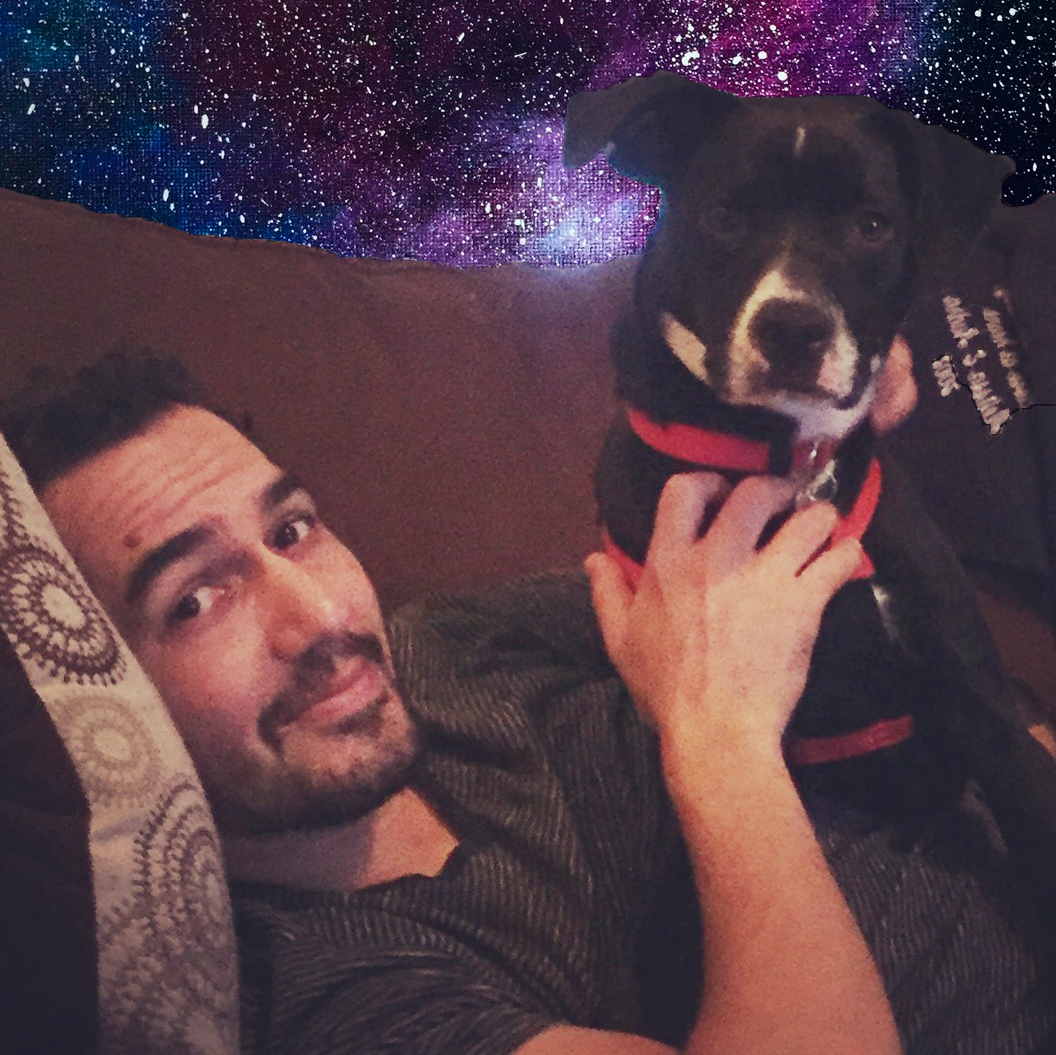Interesting Fact #1
Guaraní has no gender and lacks a definite article, however native speakers have begun to use the Spanish la and lo in their Guaraní sentences.
Interesting Fact #2
Guaraní is spoken by about 4-5 million people in the world, about 3 million of whom live in Paraguay, with the rest mainly in the adjacent political area of Brazil, Argentina, and Bolivia.
Interesting Fact #3
Paraguay means ‘born of water’ or ‘river that gives birth to the sea’. Others say that ‘para’ means great river, ‘gua’ means from or to, and ‘y’ means water—making ‘water from the great river’.
Music in Guaraní from Paraguay
Whether you’re in a convenience store in Asunción, the Chaco Desert, or Encaración, you’re likely to hear Cumbia. In Latin America, no musical style has been as widespread and unifying, though another uniquely paraguayan genre is called Polka. The The Paraguayan Polka, or Danza Paraguaya is very different from the traditional polka, mainly because the Paraguayan version combines ternary and binary rhythms, whereas the European only uses binary. The first track is a children’s song from the early nineties, and the following two tracks are polka sung in Guaraní.
My Little Morena: by Mauricio Cardozo
Thirteen Shades of White Clay: by Emiliano Fernandez
Two Little Birds: by Quemil Yambay
Art by Dulcina Segobia
Areguá is known for its colonial architecture and historic cobblestone streets. Areguá is known as the “City of Strawberries” due to its strawberry farms. Ypacaraí Lake is a major body of water located in Paraguay, about 50 kilometres (31 mi) east of the capital, Asunción. The lake lies in the western part of the Asunción-Sapucai-Villarrica graben, a tectonic depression from the Mesozoic Era, and drains to the northwest through the Salado River into the Paraguay River. Areguá is known as the artistic city of Paraguay.


 Guaraní Paraguay
Guaraní Paraguay